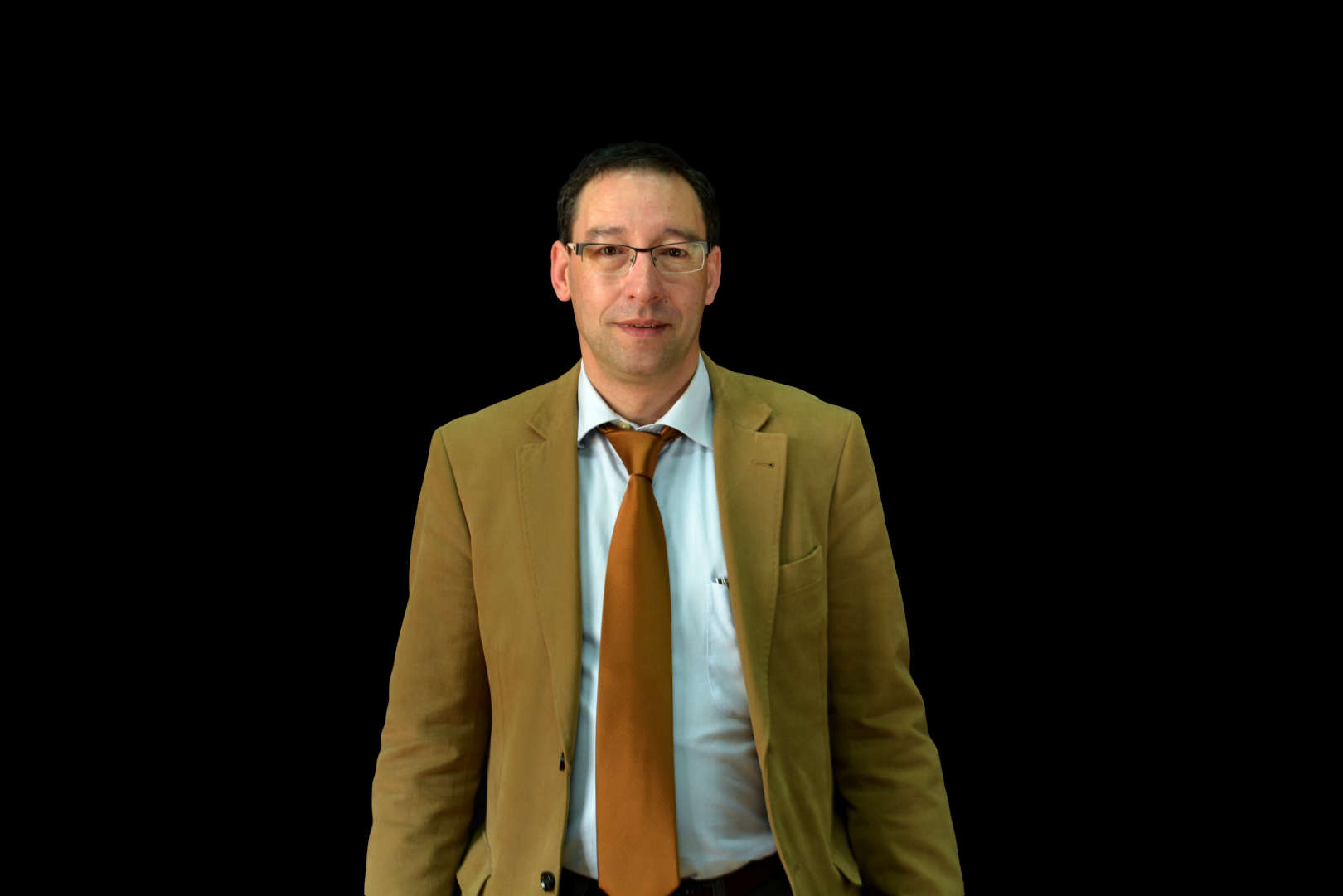About
José Boaventura-Cunha is an Engineer in Electronics and Telecommunications from the University of Aveiro (1985) and has a PhD in Electrotechnical and Computer Engineering from UTAD-University of Trás-os-Montes and Alto Douro, Portugal (2002). Currently holds the position of Full Professor at the the School of Sciences and Technology of UTAD.
Since 2012 he is a member of the CRIIS-Center for Robotics in Industry and Intelligent Systems at INESC TEC - Institute of Systems and Computer Engineering, Technology and Science and is Coordinator of the pole of INESC TEC at UTAD.
His research interests are related to the areas of Instrumentation, modeling and control applied to industrial and agro-forestry processes.


